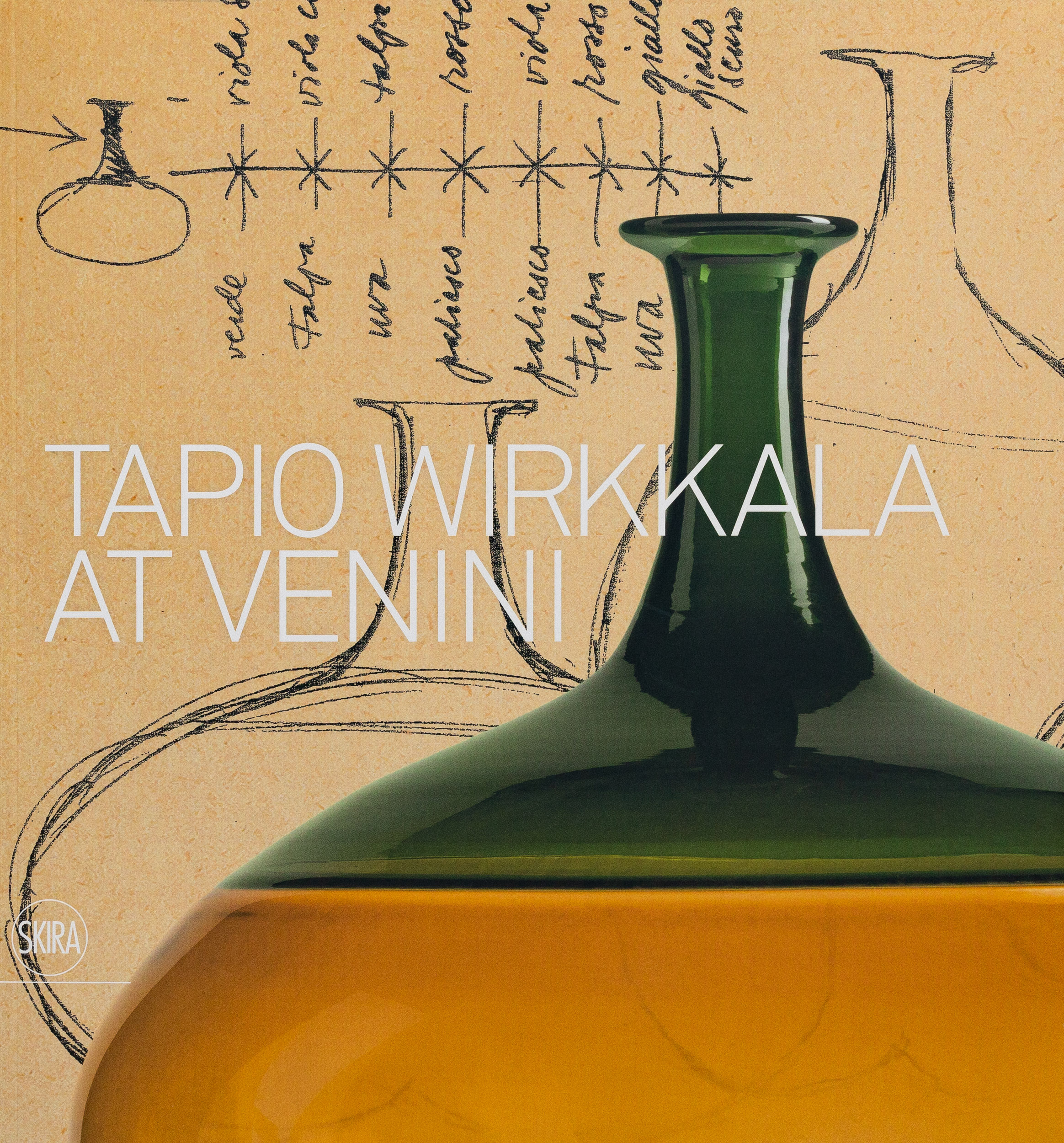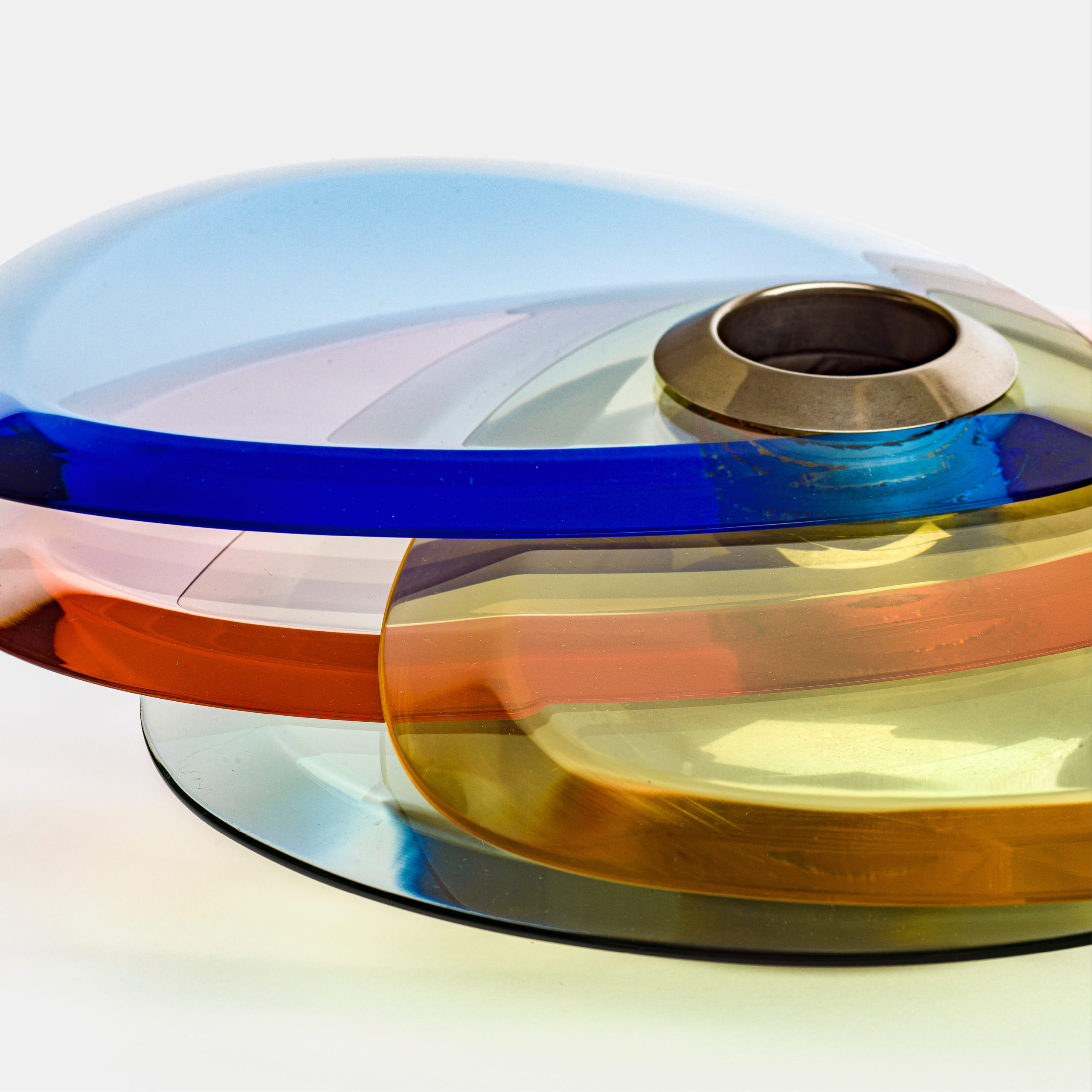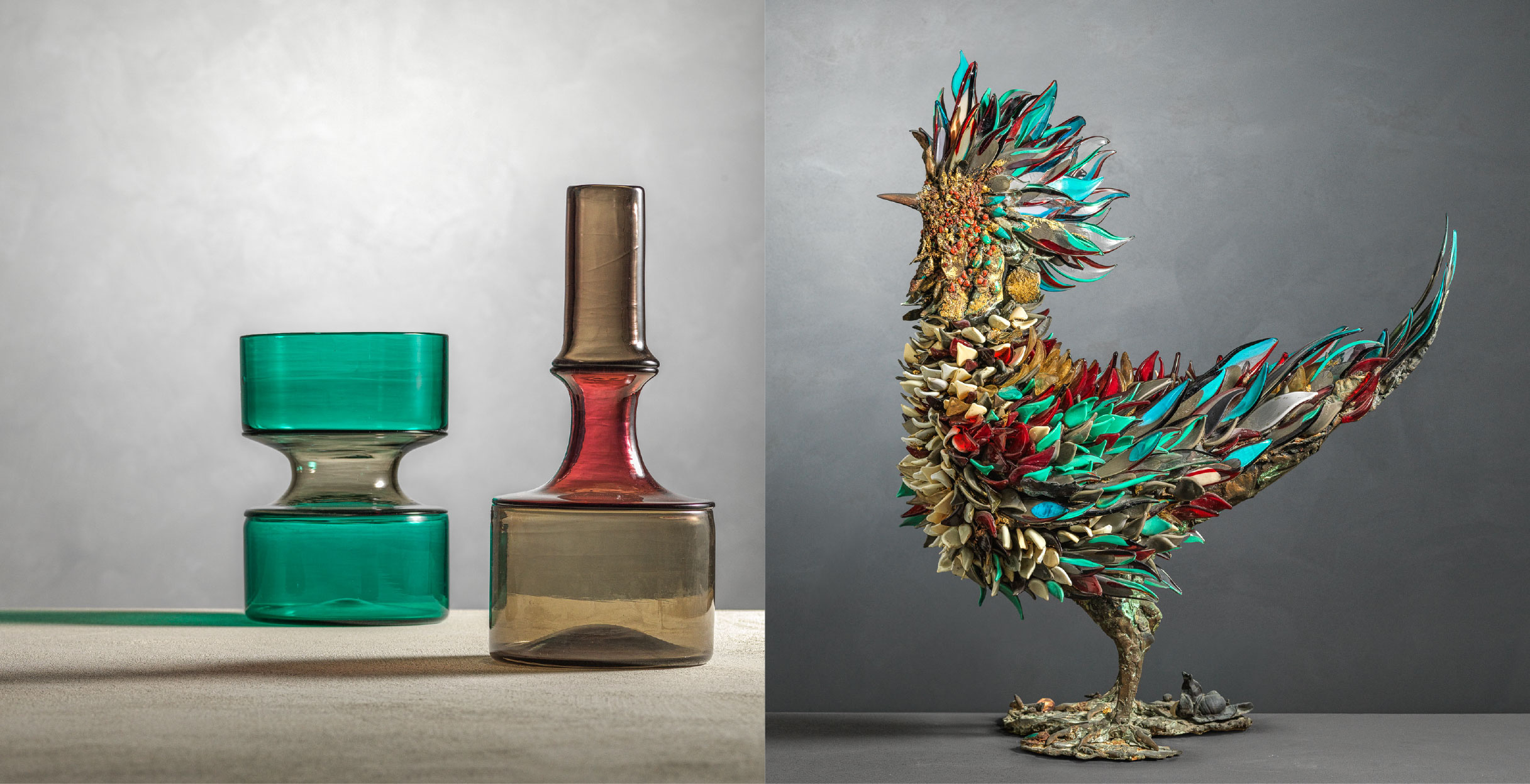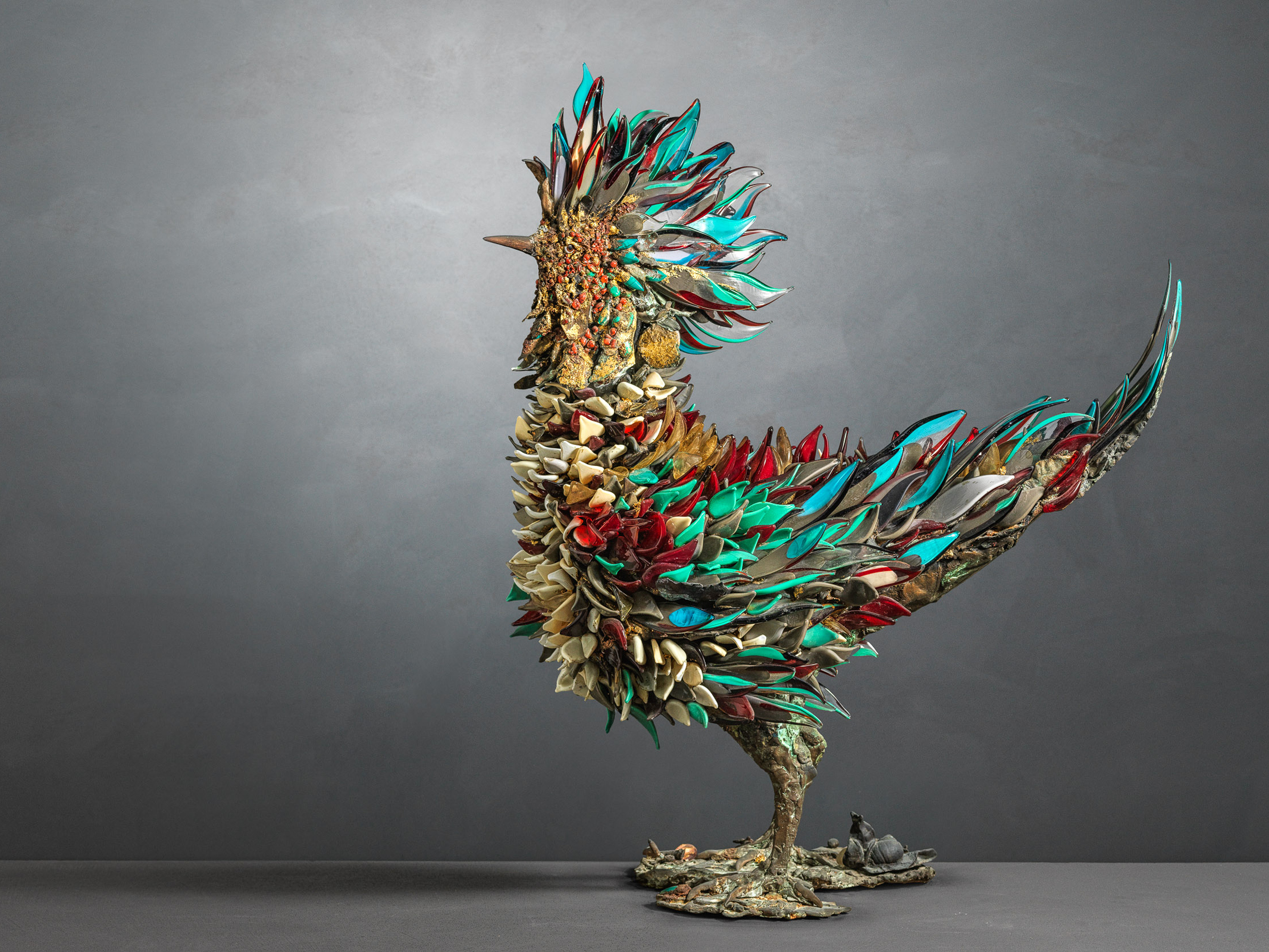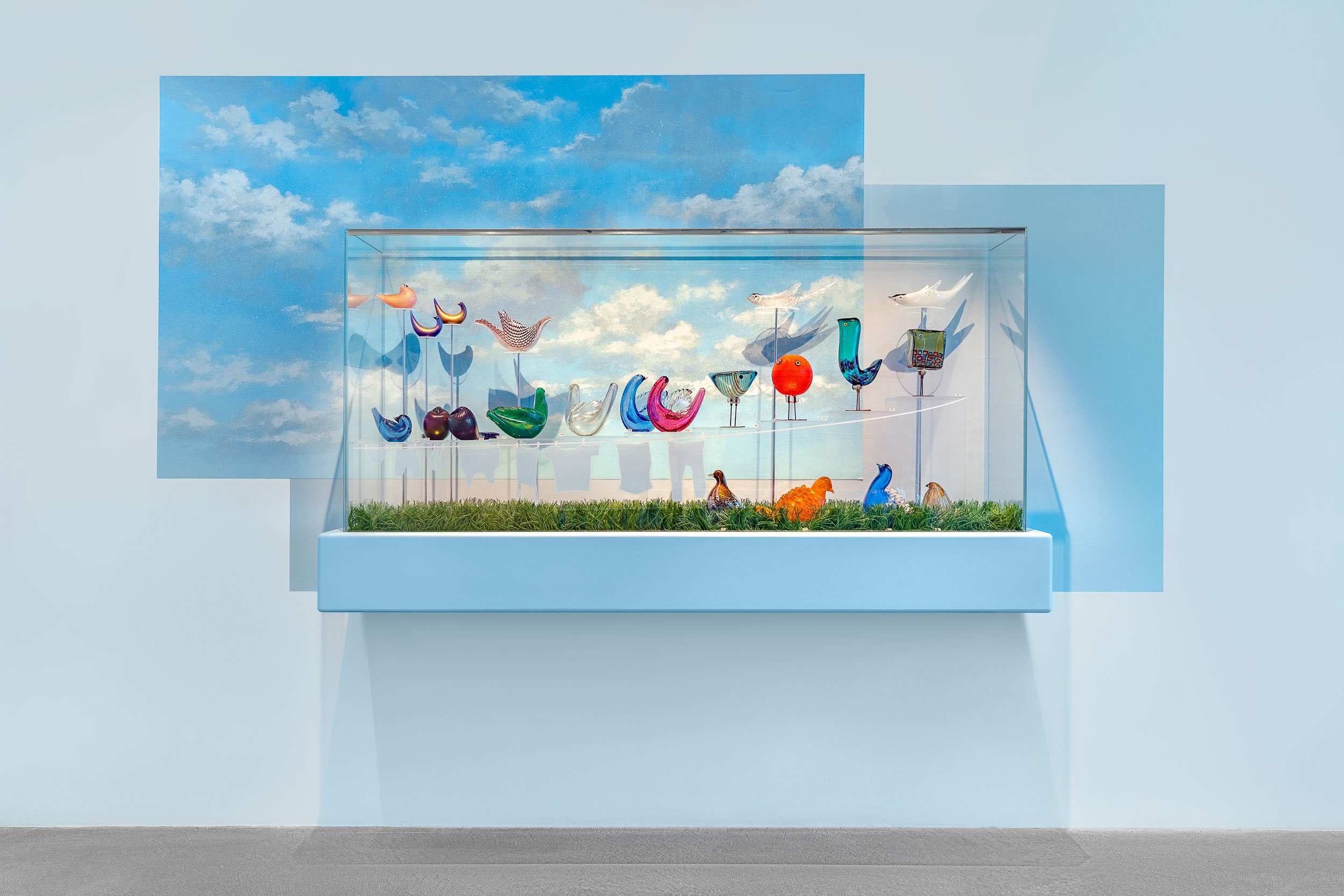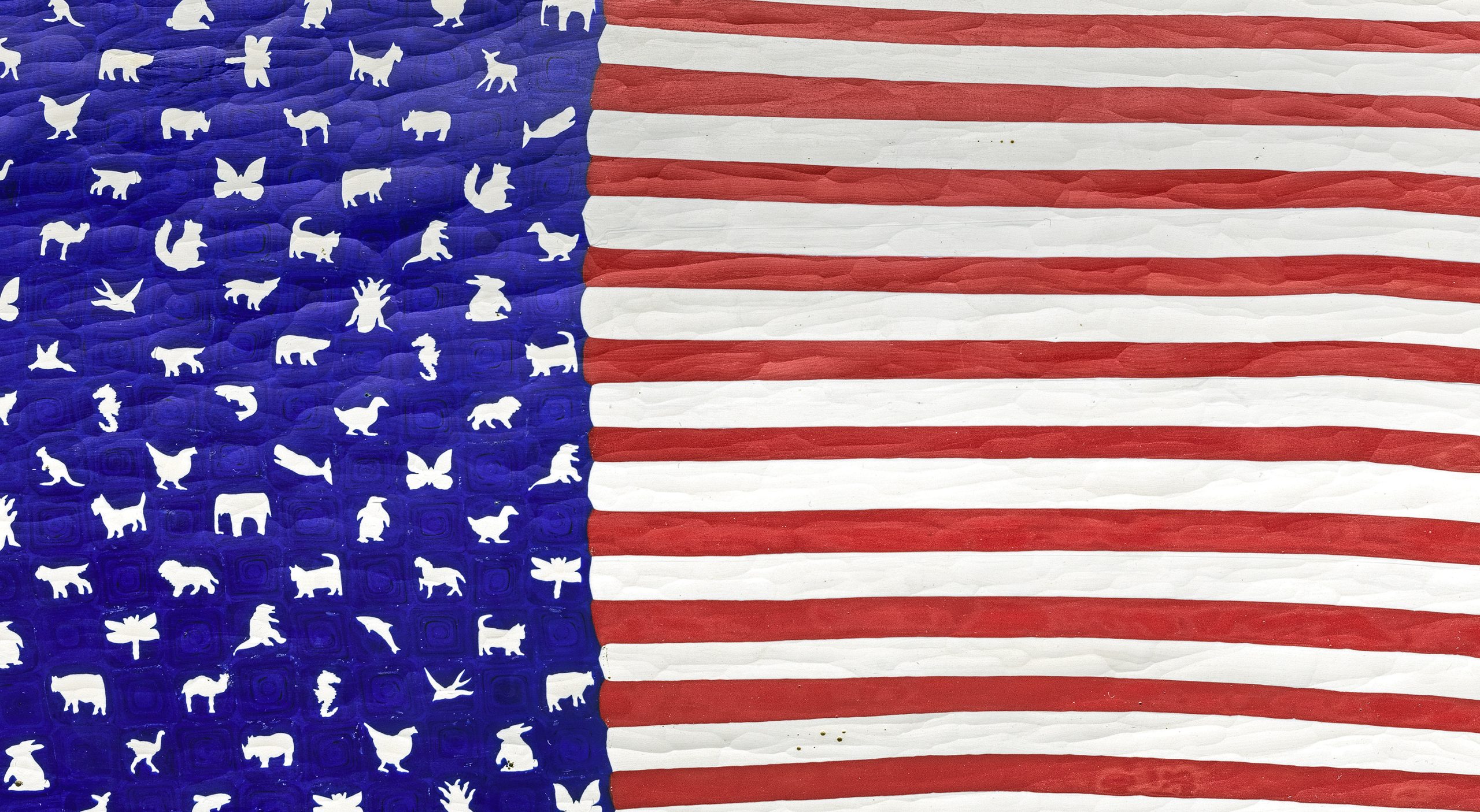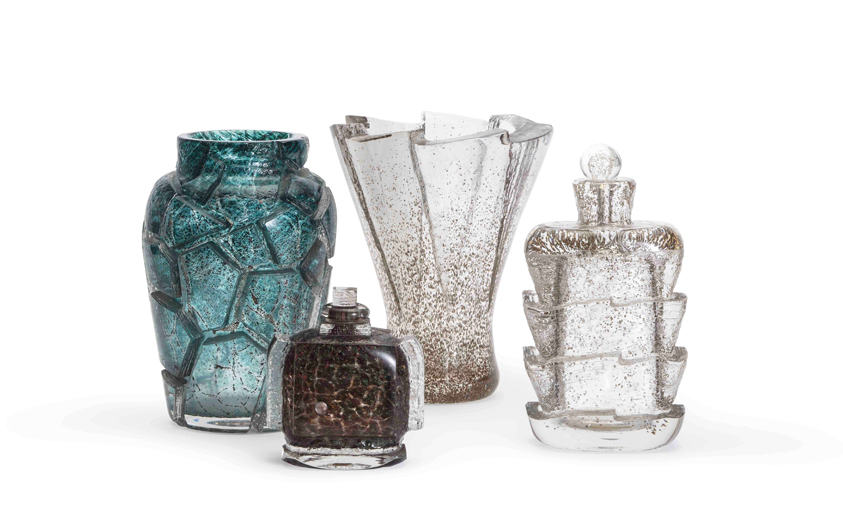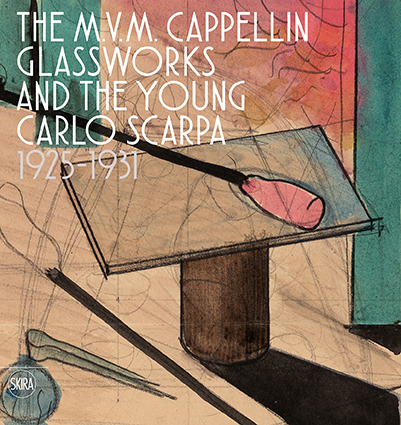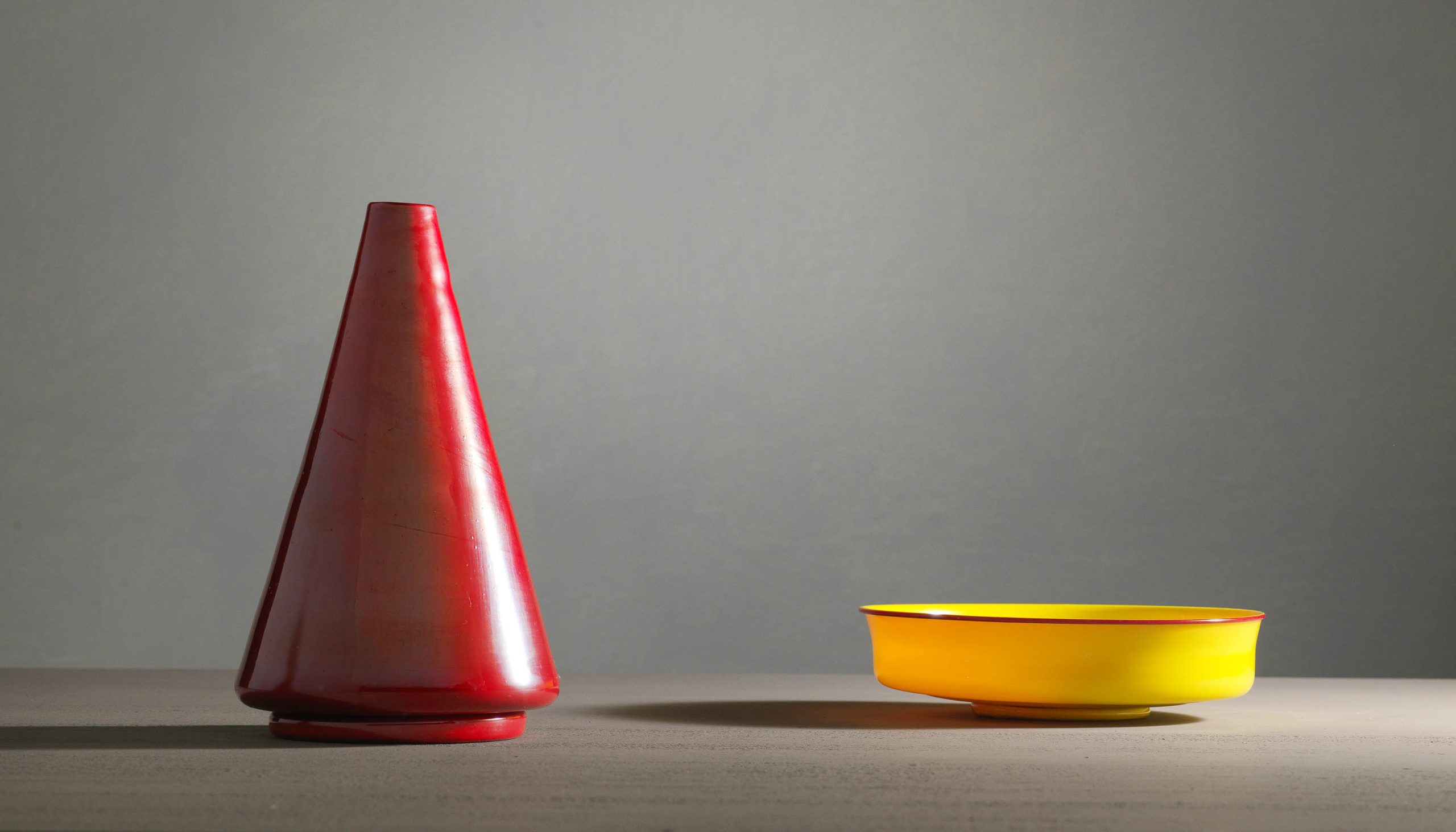Edited by Marino Barovier and Carla Sonego
Skira Editore, Milan, 2021
A leading designer of Finnish glass, Tapio Wirkkala (1915-1985) came to Murano in 1965 and was invited to collaborate with the Venini glassworks by its young director, the architect Ludovico de Santillana. Particularly interested in Venetian glass and its working techniques, which offered completely different expressive possibilities compared to Scandinavian crystal, Wirkkala enthusiastically threw himself into the Murano experi- ence, relying also on the great skill of the master glassmakers, with whom he established an extraordinary understanding.
The outcome of in-depth research based on partly unpublished mate- rial from the historical Venini Archive and from the artist’s own personal archive, this book illustrates the results of this collaboration through a sequence of about 200 models, accompanied by the relevant drawings. Several times in Murano between late 1965 and 1970 and again in the early 1980s, on one hand, Wirkkala gradually became familiar with the filigree technique and, on the other, after “discovering” colour, he often resorted to the incalmo technique for the creation of polychrome objects in trans- parent glass, which were to enjoy considerable commercial success.
